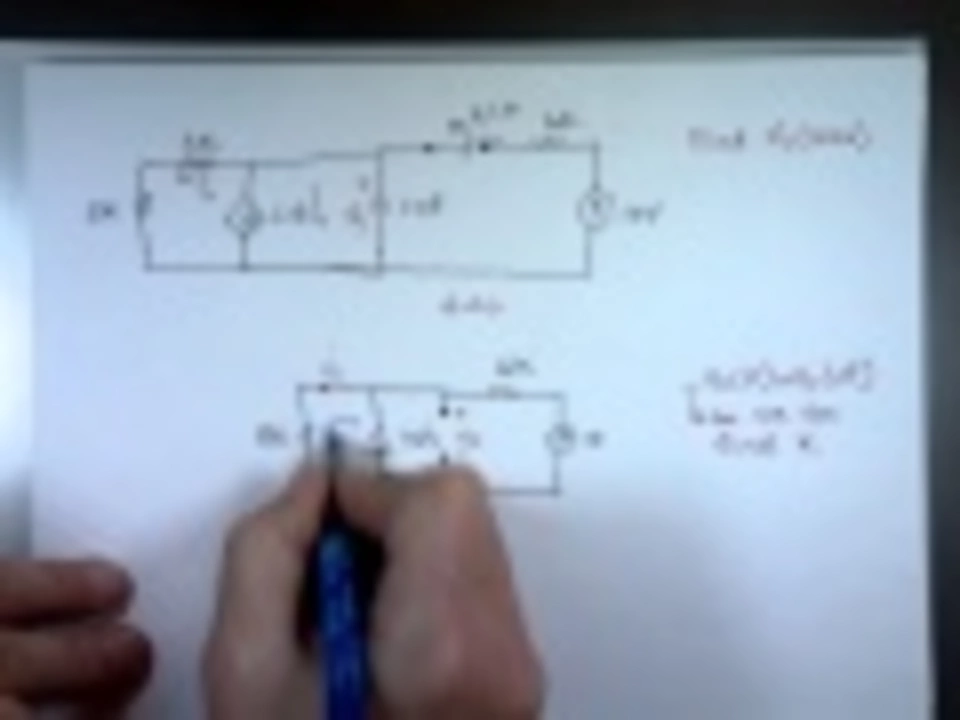Time Constant: What it Means and How to Use It
Ever wondered why some circuits react fast while others lag? The time constant, symbol τ (tau), tells you the speed of first-order systems. In electronics a time constant is the time a responding quantity takes to move about 63.2% of the way from its old value to its new steady value after a sudden change. Its unit is seconds, and knowing τ makes it easy to predict charging, discharging, and settling behavior.
Formulas and quick examples
For an RC circuit τ = R × C. R is in ohms, C in farads. For an RL circuit τ = L / R. L is inductance in henrys. So with R = 1 kΩ and C = 1 µF, τ = 1000 × 0.000001 = 0.001 s, or 1 ms. The voltage across a charging capacitor follows V(t) = Vfinal × (1 − e^(−t/τ)). For discharging V(t) = Vinitial × e^(−t/τ). That exponential term shapes how quickly the signal moves.
Need a rule of thumb? After 1τ the response reaches about 63.2% of the change, after 3τ it’s around 95%, and after 5τ you’re essentially at steady state (~99.3%). So when someone says a circuit “settles in 5τ,” you can treat it as done for most purposes.
Practical tips and measurements
Can you measure τ yourself? Yes. Apply a step input (a sudden voltage jump) and watch the output on an oscilloscope or data logger. Mark the difference between initial and final values, then find the time when the output hits 63.2% of that difference. That time is τ. If the signal is noisy, fit an exponential curve to the data — the fit parameter gives τ cleanly.
Time constants show up beyond electronics. Thermal systems, RC-like smoothing in software, and simple mechanical damped systems all have a characteristic τ that describes how fast they respond. In signal work τ links to bandwidth: for an RC low-pass, cutoff frequency f_c = 1 / (2πRC), so smaller τ means higher bandwidth and faster response.
When designing, pick R, C or L to get the τ you need. Watch units carefully — mixing microfarads with ohms without converting will ruin calculations. Also account for parasitic resistances and tolerances; real capacitors and coils change the effective τ. Finally, use 3–5τ as a quick design check for settling and choose components to meet those timing targets.
Common mistakes: mixing units, using kilo vs mega; forgetting to convert µF to F; neglecting series resistance in capacitors and coil resistance in inductors.
For example, in audio filters you might pick τ so highs pass and lows roll off; in power supplies you choose larger τ to smooth ripple, while decoupling caps use small τ to react to fast transients.
Quick checklist: compute τ, estimate 3-5τ for settling, check cutoff freq, test with step.
Time constants are simple but powerful. Compute τ, test with a step, and you’ll quickly know how fast a circuit or system will react.

What is the time constant for a RC circuit?
A RC circuit is a simple electronic circuit that consists of a resistor and a capacitor connected in series. The time constant for a RC circuit is the time it takes for the capacitor to reach about 63.2% of its maximum charge. This is equal to the product of the resistance and capacitance of the circuit. The longer the time constant, the slower the capacitor charges, which can be beneficial in certain applications. When designing a RC circuit, it is important to take into account the time constant, as this affects the performance of the circuit.